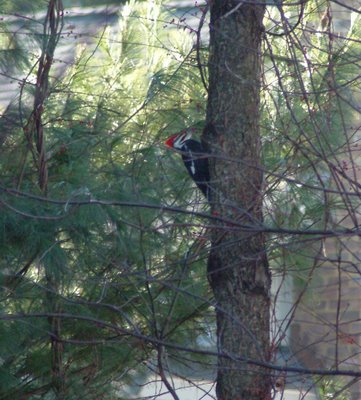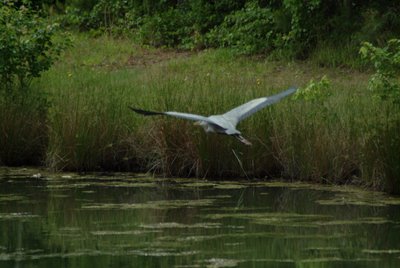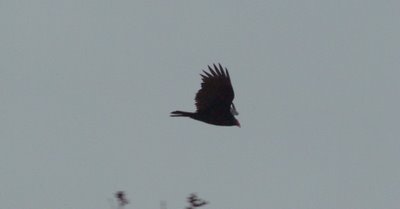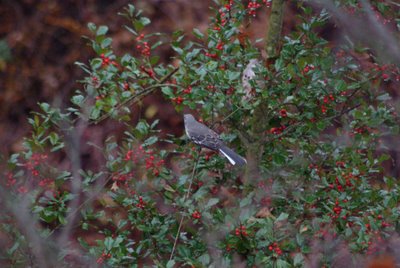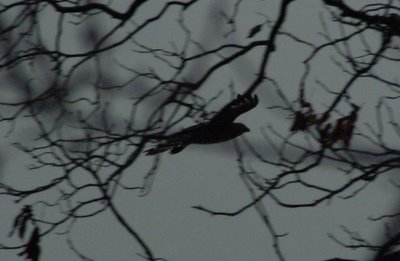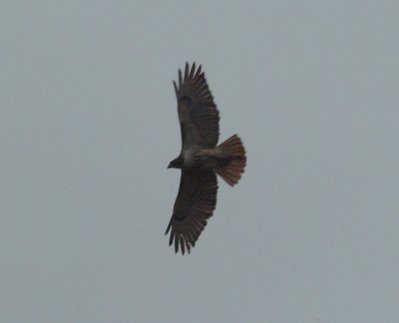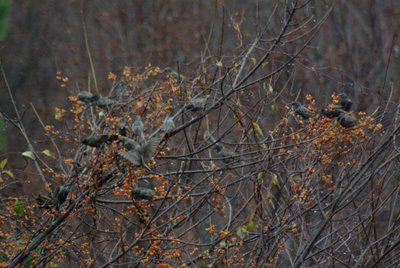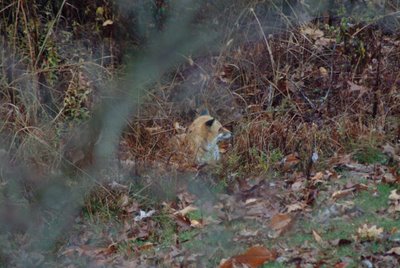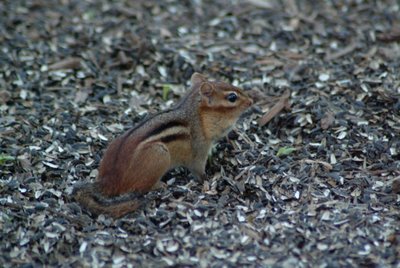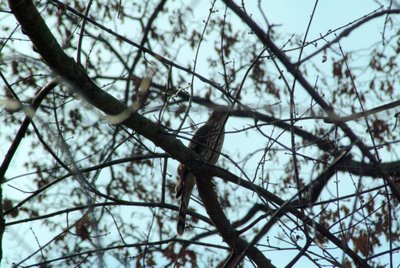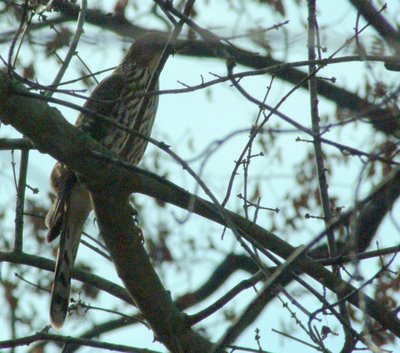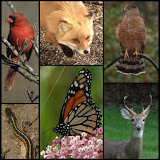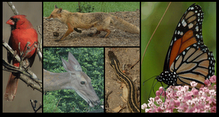More Woodpeckers - The Downy
First, an update. The pileated woodpecker that was seen for the first time in the immediate Habitat area, was seen a second time. This is a great sign as we might continue to see them in the Habitat.
Second, more woodpeckers. In addition to the pileated, there are three kinds of woodpeckers that are common in the Habitat. By far the most common, one that you will see every few hours, is the Downy Woodpecker. In fact, in a previous post, I showed you a photo of one downy woodpecker just hanging on a porch window. In that post, I also showed you some traditional photos of the downy.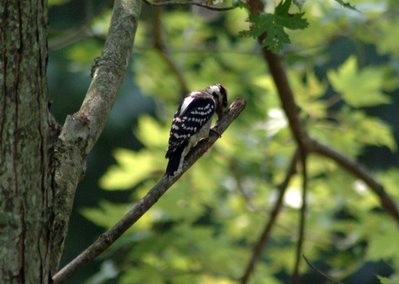
Here are four more photos, which are not the normal photo of a woodpecker with his back facing you and him hanging on a tree truck. (actually, the most common photo that I have of a downy is feeding at the suet feeder.) In the first photo, the downy is on a branch doing what he does best – extracting insects. This is a male as he has the red patch on the back of his head.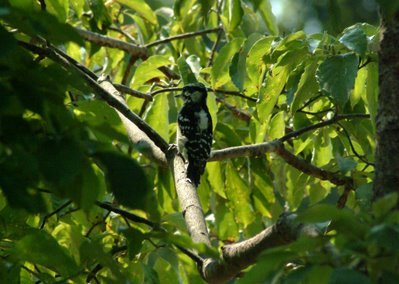
The second photo shows a female (no red patch) sitting on a branch. The third photo shows an interesting pose – one in which you can see the front, including the front tail feathers.
The fourth photo shows a downy in flight (leaving the suet feeder). 
Still more woodpeckers in the next post. 



